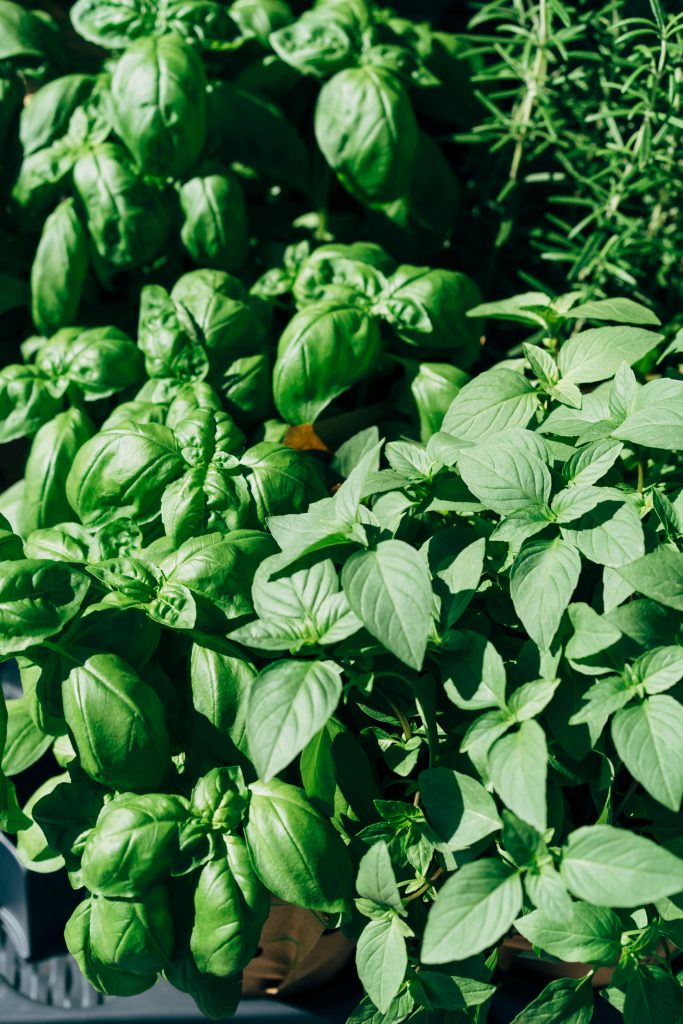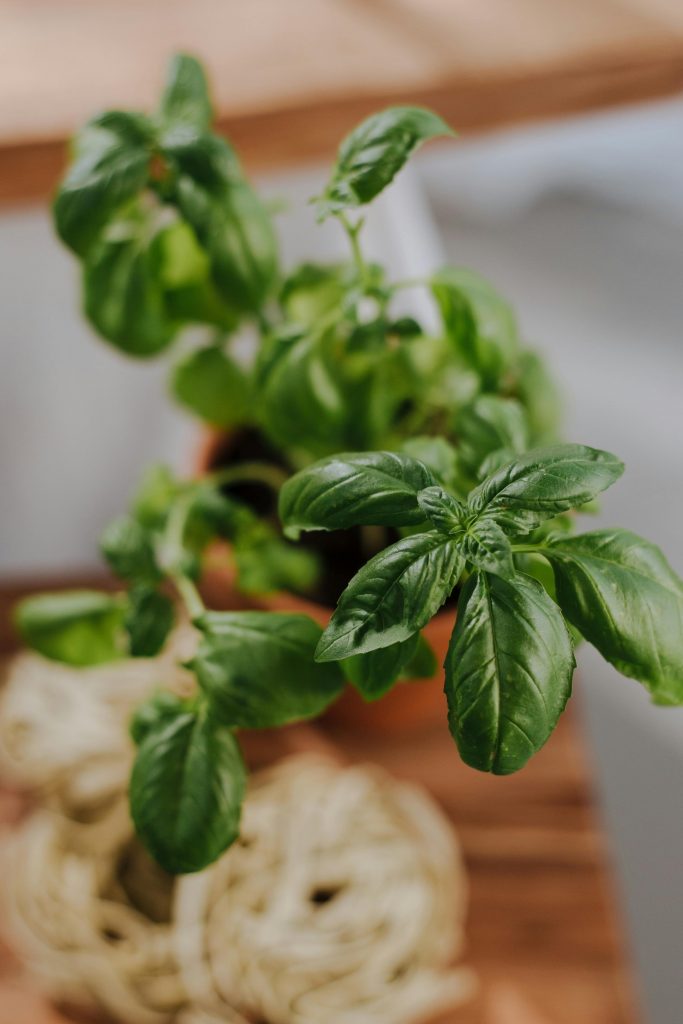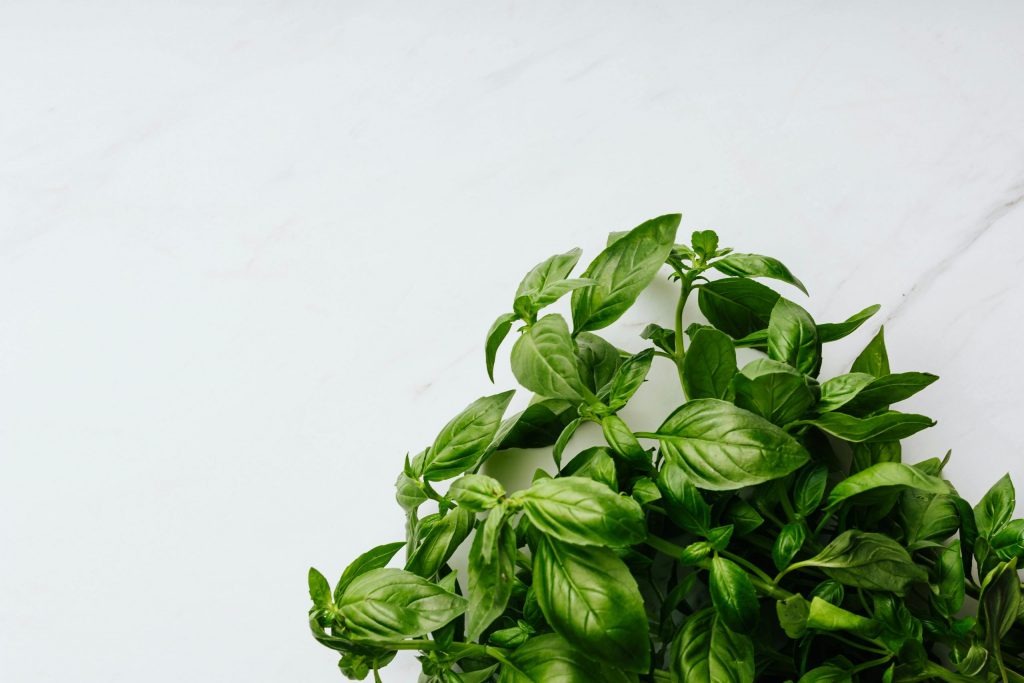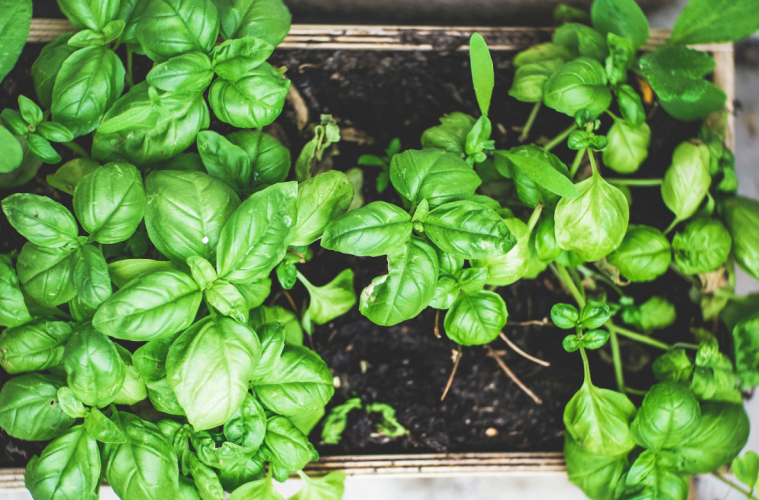Basil is a favourite in the herb garden and adds fragrance and flavour to both indoor and outdoor gardens. However, if your basil plant begins to wilt, it could be a sign of underlying issues that need attention.
Wilting can affect the plant’s health, but with the right care, your basil can bounce back.
Here are seven common reasons why your basil might be wilting and how you can fix them:
1. Underwatering
A lack of water is one of the most common causes of wilting basil. To check if your plant needs water, poke your finger into the soil. If it feels dry, it’s time to water your basil.
Keep the soil consistently moist but not soaked—basil thrives in well-drained soil that isn’t allowed to dry out completely.
2. Overwatering
Too much water can be just as harmful as too little. Overwatered basil will have drooping leaves that may turn yellow or develop brown spots.
If the soil is consistently wet, stop watering for a few days to let it dry out. Ensure your basil is planted in well-draining soil, as the roots need oxygen to stay healthy.

Image credit: Pexels
3. Pests
Certain pests, such as aphids and spider mites, can cause your basil plant to wilt by sucking sap from the leaves. Check your plant for any visible pests and remove them manually if possible.
For more significant infestations, consider using a mild organic insecticide or covering your plant with garden fabric to keep pests away.
4. Nutrient deficiency
Basil needs a variety of nutrients to thrive. If your basil is wilting and the soil is poor, it might be lacking essential nutrients like potassium or magnesium.
A soil test can help you identify any deficiencies. Adding compost or worm castings to the soil can improve its nutrient content and help your basil thrive.

Image credit: Unsplash
5. Disease
Overwatering can lead to fungal diseases like root rot or fusarium wilt. While root rot can often be managed by improving drainage, fusarium wilt is more serious and can kill the plant.
Signs of fusarium include brown streaks on the stems and yellowing leaves. Unfortunately, the best solution is to remove the infected plant to prevent the disease from spreading.
6. Transplant shock
Basil seedlings can experience transplant shock when moved from a controlled environment to your garden. If you’ve recently transplanted your basil and it’s wilting, it may just need time to adjust.
To minimise shock, gradually introduce seedlings to their new environment, and ensure they’re well-watered and shaded if necessary.
7. Temperature changes
Basil loves warm weather but can struggle in cold conditions. If temperatures drop below 10°C, your basil may wilt and show signs of distress.
To protect your plant, cover it or bring it indoors during cold spells. In very hot weather, providing temporary shade can prevent wilting from intense sun exposure.
By understanding and addressing these issues, you can keep your basil plant healthy and flourishing. Whether it’s adjusting watering habits or protecting your plant from temperature extremes, a little care goes a long way in ensuring a thriving basil plant.

Image credit: Pexels
ALSO SEE: HOW TO TREAT LEAF SPOT ON YOUR PLANTS
Feature image: Pexels


